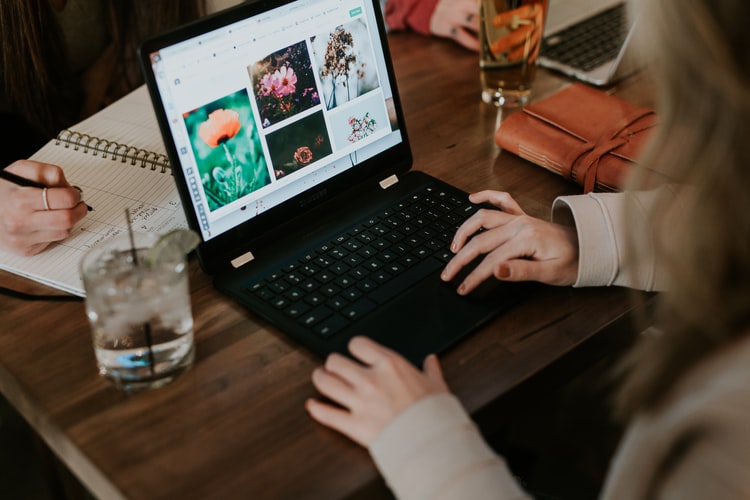
Product Feed Management increases the online exposure of your products on Google Shopping and it can’t be effective without a focus on images. Google Shopping is a highly visual experience and the choice of imagery can’t and shouldn’t be overlooked.
Images play one of the most important roles in a user’s shopping journey: they grab their attention and can influence their decision-making process, converting them from users into customers.
With our work within Google Shopping and product feed management, we've noticed a direct correlation between product images, product feed optimisation, shopping experience and conversion rates. Low-quality images can be damaging for your product feed and will have a negative impact on your Shopping ad performance. In some cases, poor images within your product feed can result in the suspension of your Shopping account. Better images generate more exposure to your shopping ads and can boost your sales.
The focus on images on Shopping ads is due to the rise of mobile commerce. According to Statista, Mobile accounts for approximately 50% of web traffic worldwide. In the first quarter of 2021, mobile devices (excluding tablets) generated 54.8 % of global website traffic, consistently hovering around the 50% mark since the beginning of 2017.
We’ve put together the do’s and don’ts to keep in mind when choosing images for your Google Shopping ads.
The image is the most visible part of a Shopping ad. The vast majority of online shoppers will notice the image before they see the price and then the product title. This is your chance to grab a user’s attention and convert them into a customer.
Learn more product feed management practices
Google will reject images that are too small or too large within the Google Merchant Centre. The size requirements are:
- Non-apparel products: at least 100x100 pixels
- Apparel products: at least 250 x 250 pixels and not larger than 64 megapixels
- Other products: at least 100 x 100 pixels and not larger than 64 megapixels
- No images larger than 16MB in file size
Include the URL for your main product image with the [image_link] attribute. If you’re adding multiple images for the same product, include all other images in the [additional_image_link] attribute.
High-resolution images are visually more appealing and do a better job at selling your product. With online shopping, customers don’t have the option to touch the product or view it closely, so use high-resolution images that will do your product justice.
The accepted image formats within Google Shopping are: .jpg/.jpeg, .gif (not animated), .png, .bmp, .tif/.tiff.
You can add up to 10 additional images to your Shopping ads by using the additional_image_link attribute. More images of your product from different angles will help shoppers get a better idea of the products.
Consumers like to find inspiration when shopping online, especially for fashion and apparel. Test how your ads are performing with lifestyle images of a person wearing the product and an image of the product itself.
Make sure the focus of each image is on the product itself and that there are no potential distractions or props in the background. Your image should be on a white background and the actual product should take up between 75 and 90% of the full image.
What is product feed management?
Keep an eye on the performance of your ads and adjust your product images accordingly. When A/B testing, you’ll notice if a certain image isn’t working well for the ad. Then you can op to add some more images of your product from different angles for customers to see.
Avoid images that include promotional text such as calls to action, price information, free shipping, promotional adjectives like ‘best’ or ‘cheap’, watermarks, brand names, logos, barcodes, retail name, manufacturer.
Placeholder images don’t allow users to clearly see what they are buying so Google won’t accept images that don’t meet this requirement. Plus, this might put off a potential customer when they can’t tell whether they are buying an actual product.
Don't use an image that is simply a square of colour. This won't say or show anything about your product.
For example, if you’re selling a hat, don’t include other accessories like a pair of sunglasses, a belt or a pair of trainers in the photo unless the products are sold together.
If you follow these image requirements and invest in product feed management, you'll improve conversions and overall sales results. Conduct a free audit to find out the state of your Google Shopping feed.
Monthly Subscription